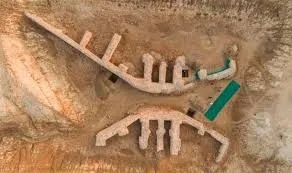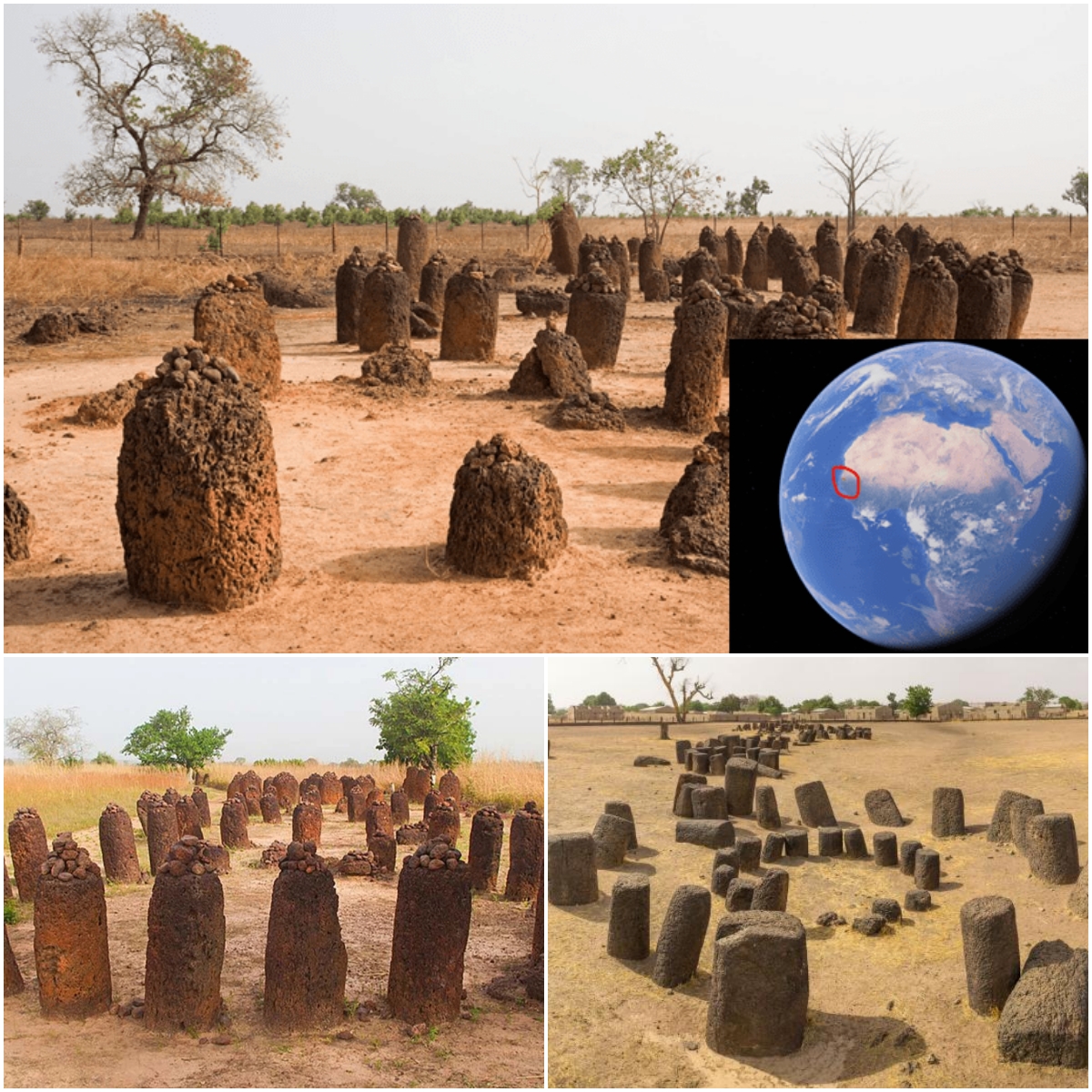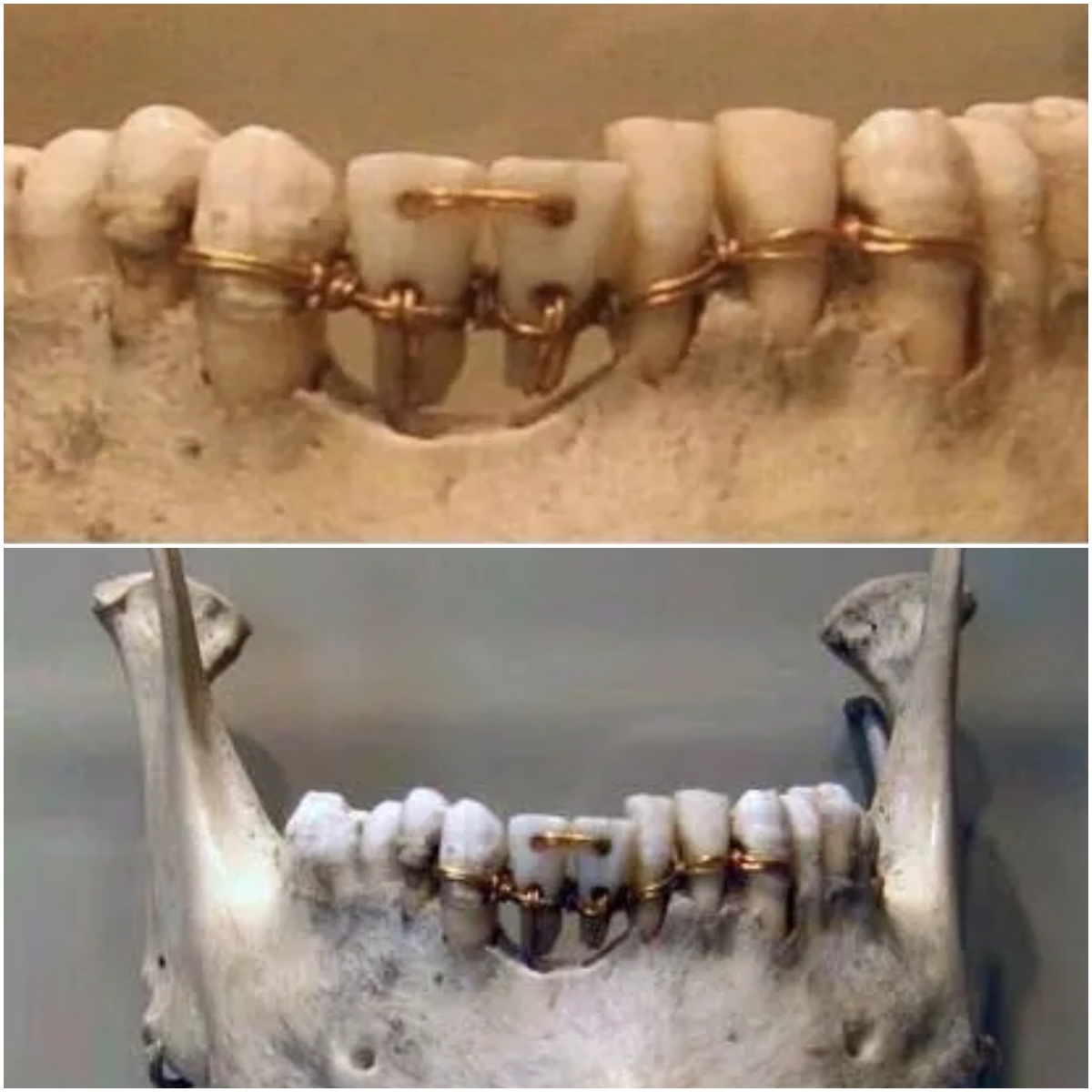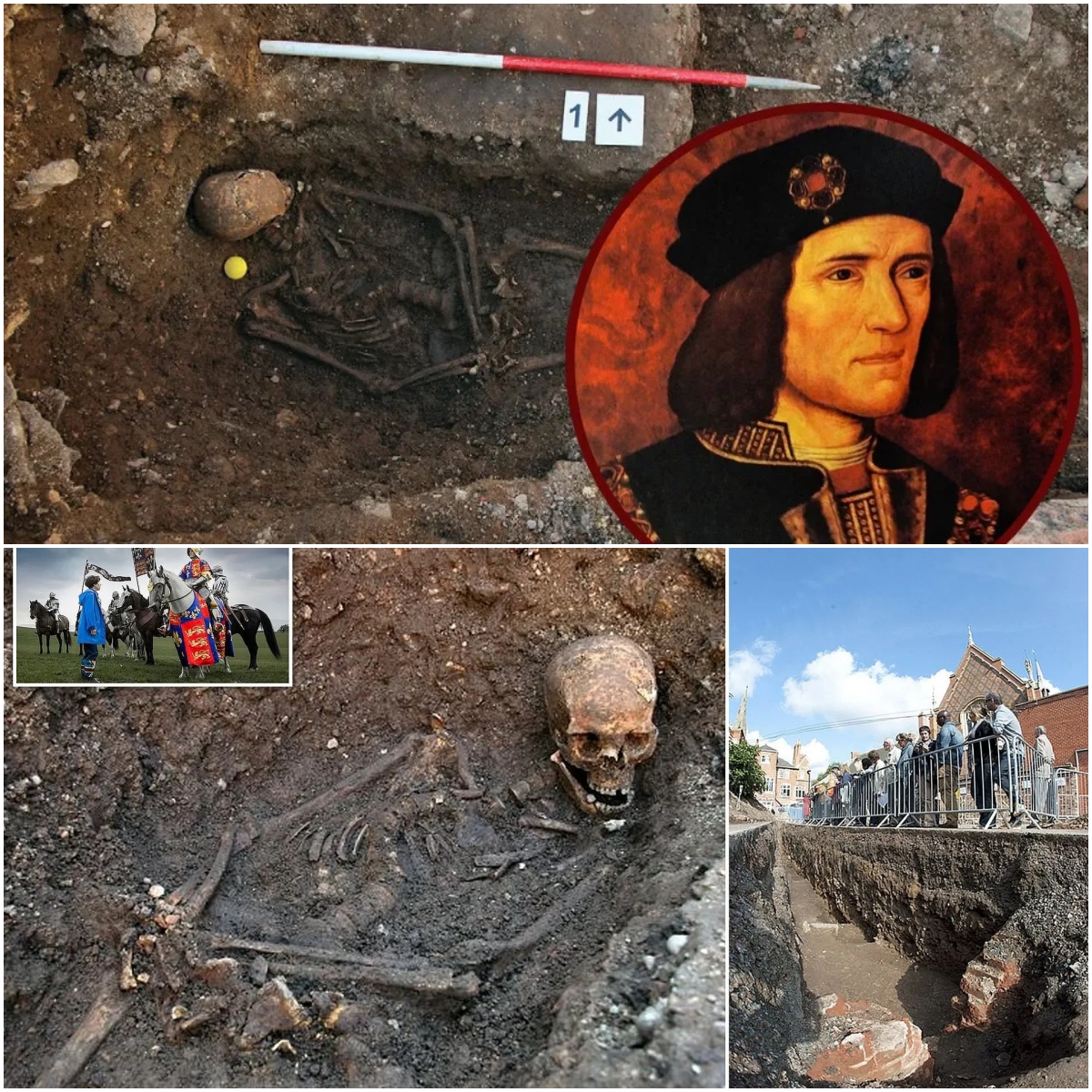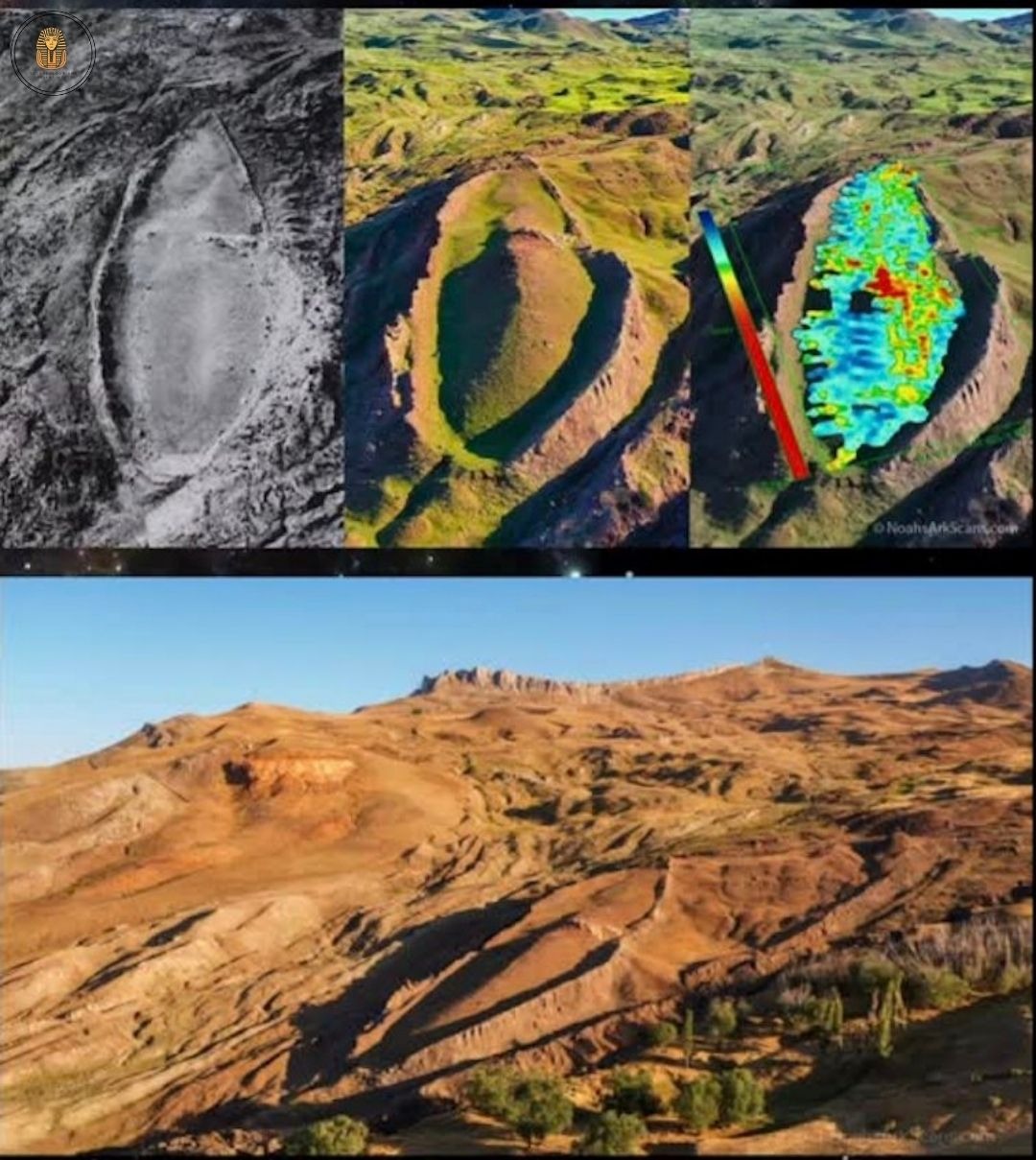Sumerians Built This ‘Anti-Armageddon Device’ 4,000 Years Ago – It Still Amazes Scientists
A groundbreaking archaeological discovery in Iraq has revealed that the ancient Sumerians—one of the world’s earliest civilizations—engineered a sophisticated device 4,000 years ago to stave off environmental catastrophe. Previously mistaken for a temple, this structure is now understood to be an “Anti-Armageddon Device”, a one-of-a-kind invention designed to preserve agriculture and sustain life in the face of crisis.
From “Unusual Temple” to Civilization-Saving Machine
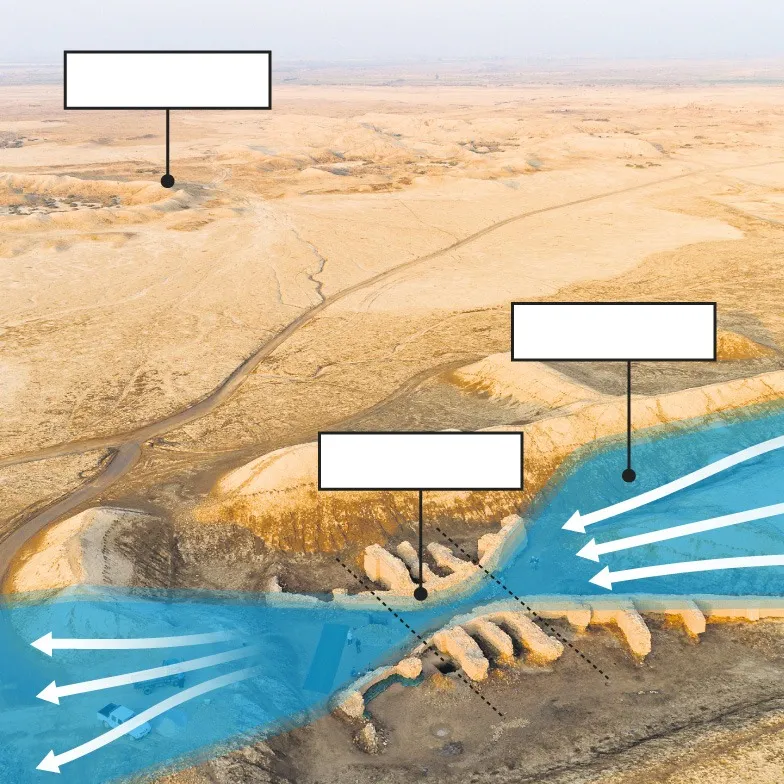
Back in the 1920s, archaeologists came across a strange, temple-like structure near modern-day Nasiriyah in southern Iraq. At the time, its true purpose remained a mystery. But a recent excavation led by the British Museum has uncovered a startling truth: this was no temple—it was a technologically advanced flume, an engineered water control system used to distribute water efficiently over long distances.
Drone Technology Unveils a 19-Kilometer Canal
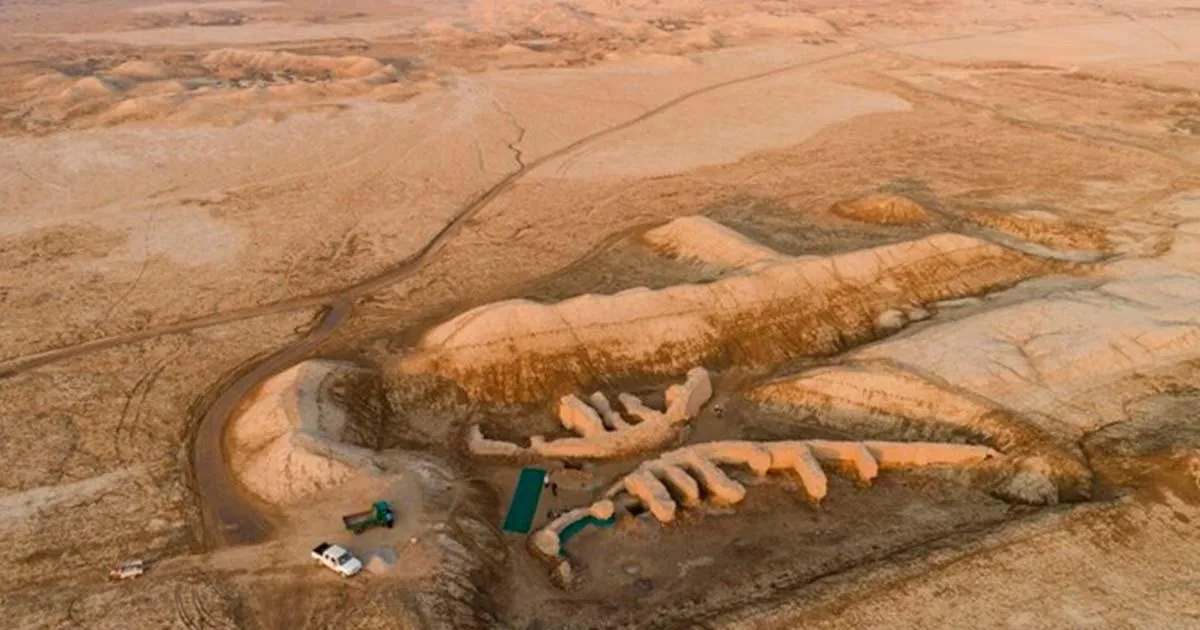
Using drone mapping, archaeologists discovered a 19-kilometer (12-mile) canal running through the Iraqi countryside. Built directly over this canal was the mysterious structure. Upon excavation, the team found that the structure funneled water through a narrow 5-meter (13-foot) channel. This created what modern scientists now call the Venturi effect, a physical principle that increases water flow velocity by constricting its passage.
Although the Venturi effect wasn’t officially described until the 18th century, the Sumerians had unknowingly harnessed it over 4,000 years ago in their effort to distribute water more efficiently.
Girsu – The Last Stand of a Dying Civilization
The structure is located in Girsu, a Sumerian city from the 3rd millennium BCE, once devoted to the god Ningirsu, deity of war and agriculture. Girsu was a major religious and administrative hub in early Mesopotamia.
Experts believe this water system was built by the last inhabitants of Girsu, who were desperately trying to channel water to distant farmlands—including the city of Lagash—in a final effort to avert agricultural collapse caused by severe drought.
A One-of-a-Kind Invention
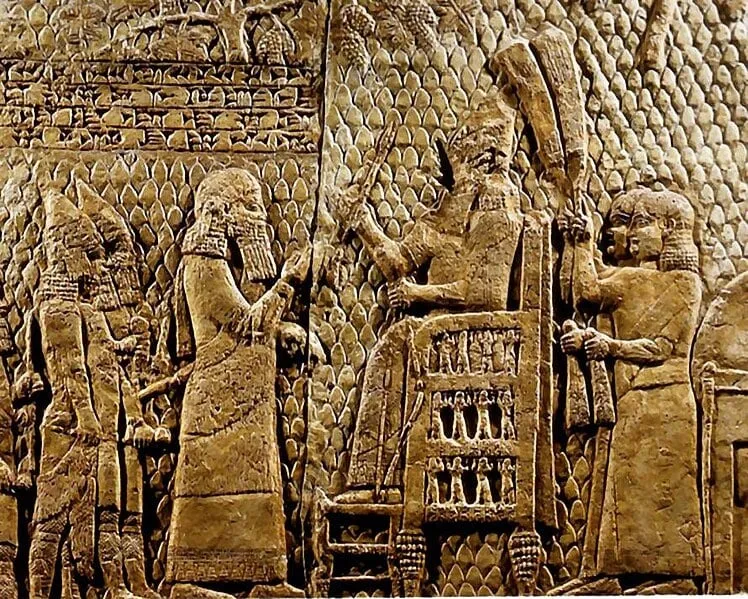
Ebru Torun, an architect and conservationist working with the British Museum’s Iraq team, stated:
“No other example of it exists in history, really, until the present day. It’s absolutely one-of-a-kind.”
This remarkable flume is not just a feat of ancient engineering—it’s a symbol of human resilience. The people of Girsu didn’t simply give in to environmental pressures; they innovated, building a device far ahead of its time in a bold attempt to preserve their way of life.
This “Anti-Armageddon Device” challenges our assumptions about ancient technology. Far from being primitive, the Sumerians demonstrated an advanced understanding of hydrodynamics and environmental engineering long before modern science gave these principles a name.
Their ingenuity serves as a powerful reminder: in the face of disaster, humans have always turned to creativity and cooperation to survive. The legacy of Girsu is not just buried in the sands of Iraq—it flows through the very idea of civilization itself.

